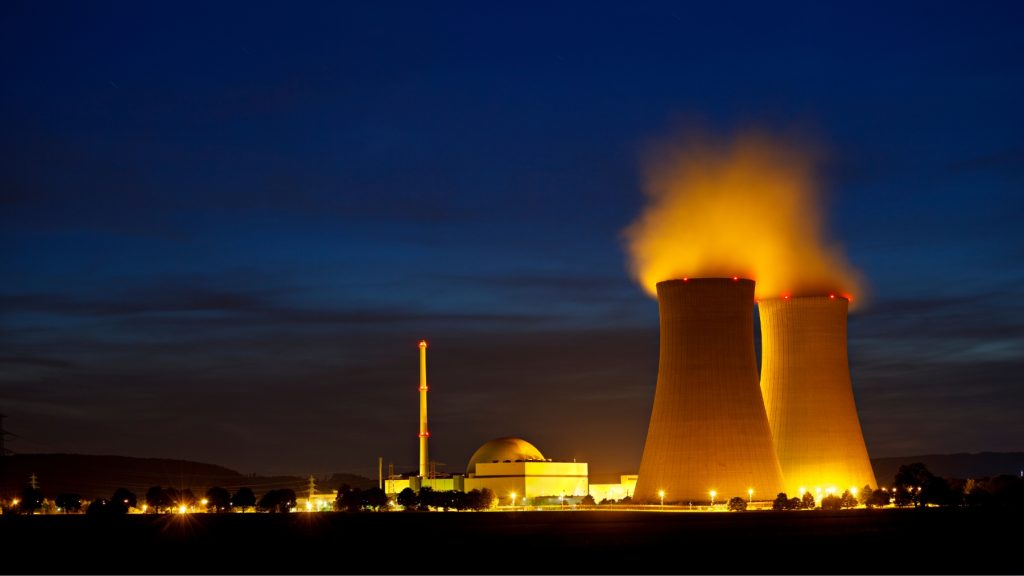
Today in nuclear energy news, Microsoft is actively exploring its use to meet the immense power demands of its data centers and fuel its AI ambitions. But how about advanced disposal?
- Microsoft seeks to integrate small modular reactors (SMRs) because of their cost-effectiveness and potential power capacity.
- Challenges include securing highly enriched uranium fuel and dealing with radioactive waste.
Microsoft is looking to nuclear energy to power their data centers and support their AI goals as evidenced by their job listing on September 25th.
The listing is for a “Principal Program Manager Nuclear Technology” position. The individual will be “tasked with leading the technical assessment for the integration of [small modular reactor (SMR)] and microreactors to power the datacenters that the Microsoft Cloud and AI reside on.”
It’s no secret that data centers are very energy-intensive facilities. In fact, according to the International Energy Agency (IEA), they were responsible for around 1-1.3% of global final electricity demand in 2022. Also, “data centers and data transmission networks are responsible for 1% of energy-related [greenhouse gas] emissions.”
The world is “infatuated” with AI and it, in turn, requires vast amounts of computing power and storage to train and deploy. This means “no data centers” isn’t a viable option. The next best thing is something greener but just as powerful. Answer? Nuclear energy.
Microsoft, whose co-founder and former CEO Bill Gates has always been a fan of the technology, is specifically looking at SMRs. These advanced nuclear reactors have a power capacity of up to 300 MW(e) per unit. To put it into perspective, that is enough electricity to power about 300,000 homes or the entirety of New York. Also, they’re extremely cost-effective in comparison to traditional light water reactors (LWRs).
But, like any plan, it has its hiccups. First, SMRs need highly enriched uranium fuel (HALEU) for SMRs. Take a guess who has the valve to that. The only commercial producer of HALEU in the world is Russia’s state-owned nuclear energy company, Rosatom. Granted, the U.S. is working on securing it domestically.
And that leaves us with the second, and arguably bigger, issue, the disposal of radioactive waste material. A 2022 research article compared three different designs of SMRs with a large traditional pressurized water reactor. They looked at the amount of produced waste, the waste’s chemistry, the amount of generated heat, and the types of radioactive materials in the waste. They found that regardless of design, SMRs produced more waste. Worst part? This waste contains a relatively high concentration of materials that can still generate nuclear reactions, requiring new methods for safe storage and disposal.
Microsoft, stop telling us how great AI is and how it’s the key to our future. While the world is waiting with bated breath for the results of Japan’s Fukushima water release, tell us your plan for ethical, responsible, and legal advanced disposal of SMR waste.
Inside Telecom provides you with an extensive list of content covering all aspects of the tech industry. Keep an eye on our Tech sections to stay informed and up-to-date with our daily articles.